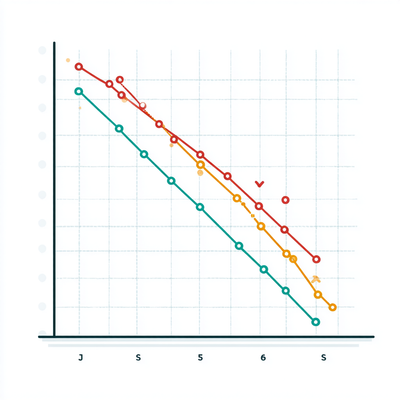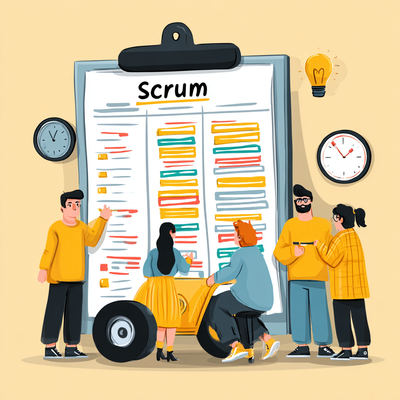Sprint velocity
In agile methods, a consistent velocity is an important indicator of a well-functioning development process.
The burndown chart
Scrum teams generally use the burndown chart to communicate and track their overall progress throughout the Release lifetime.
Velocity in scrum
Team size affects velocity. The size of a team depends on whether time pressure or cost is foremost, so there is no single "ideal" size.
Sprint goal
Sprint planning marks the beginning of each sprint or iteration of work. This meeting is designed to align the team on the tasks to be completed during the upcoming sprint and ensure that everyone understands the objectives and scope of the work.
Prioritising the product backlog
The product backlog is a roadmap that charts the course for the entire product development team. It is a flexible and ever-evolving document.
Carryovers in sprints
Carryovers in sprints are uncompleted tasks or stories from a designated Agile development cycle that move to the next sprint. Due to miscalculations or unforeseen obstacles, carryovers can indicate planning or execution issues.
Estimating with story points
To ensure a software project is completed on time and within budget, effort estimation is a critical element of planning and managing the project. As part of project planning, scheduling iteration and release procedures, budgeting, and costing, project effort estimates may be used by various stakeho
Characteristics of a product owner
Product owners maximise product value. The product owner brings the customer's perspective to the scrum team as a single individual.
Explanation of scrum events
The objective of a sprint is called a sprint goal. Teams develop increments based on sprint goals. Planning is done, of course, during sprint planning.
Qualities of a product backlog
The product backlog lists the tasks that must be completed before the product can be released following its priority.
Fundamentals of user stories
User stories are designed to elicit a conversation by describing how a feature will benefit a customer.
Sprint Failure
Scrum but can be called restricted Scrum in a broader sense. When the team deviates from a framework, it leaves behind elements you believe are unnecessary.
The Fundamentals of Sprints
Sprints are time-bound, usually lasting two to four weeks, team members commit to achieving a sprint goal, no one outside the team is not permitted to make additions or changes.
Role of the Scrum Master
Scrum Masters serve as coaches and facilitators, removing distractions that impede teams from delivering value.
History and Origins of Scrum
Although initially developed by Sutherland and Schwaber, Scrum incorporates ideas from various sources. It includes practices such as daily meetings, task assignments, posting work on a wall, and graphing work, which are not novel concepts for teams.
Collaboration between scrum masters
As agents who foster collaboration wherever they go, scrum masters are seen as supporters and facilitators of a system of interconnected, collaborative communities inside organisations.

















